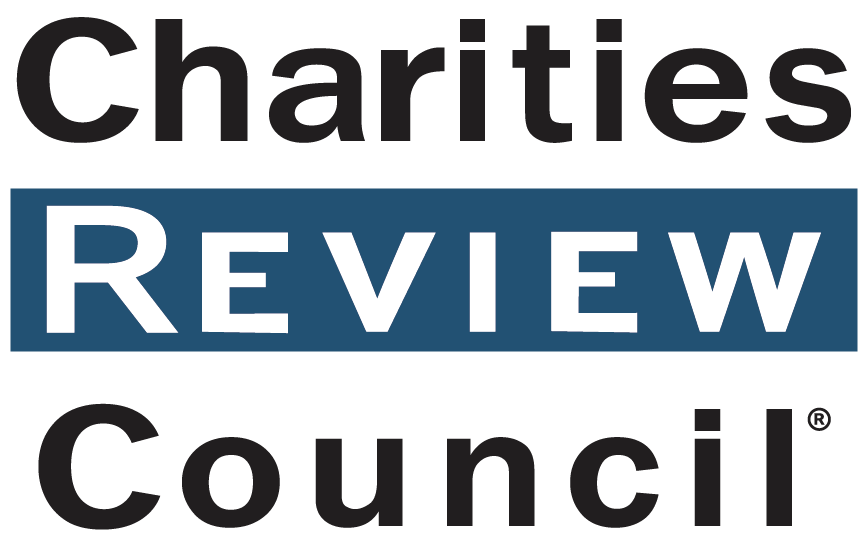We asked fellow nonprofit geek and accountability hero, Andrew Gilbert, to share his views and thoughts behind one of our favorite Accountability Standards®, Impact on the Community.
A reality faced by nonprofit organizations is that they are shaped by those who fund them. This simple concept was asserted just over ten years ago in the article Not-for-Profit Management: The Gift that Keeps on Giving. This was important at the time because the nonprofit sector was poised to begin taking on more work that had traditionally been done by public agencies. In today’s economy, it remains no less true and is most obviously evidenced by the prevalence of donor-advised funding in the sector, as well as the continued trend of government as grantmaker that started when the article was written. Simply put, the values, priorities, and philosophies of the donors, not necessarily the mission of the organizations, determine the type of work that is done.
Virtually all donations include an exchange, in that someone who provides money to an organization does so because they feel as though the value they share with the organization is being furthered through its work. In that way, the nonprofit sector has been formed to reflect the values of various individuals or groups who view the work of nonprofits to be worthwhile extensions and proponents of their value system.
Nonprofits that can demonstrate that their mission aligns with the value system of a donor are much more likely to receive a contribution from that individual or group.
The best way of demonstrating this is to show how working toward meeting organizational goals and objectives have benefited its stakeholder community. Many funders, particularly institutional funders, are placing an increasing amount of emphasis on the ability of funding recipients to demonstrate measurable results from donations. Nonprofit leaders have been working diligently to develop a myriad number of measurement systems (e.g. frameworks, scorecards, benchmarks, guideposts, toolkits, logic models, indicators, and strategy maps just to name a few), so many in fact, that one could almost conclude that there are as many ways to measure organizational success as there are organizations to measure.
A measurement tool is all well and good if a nonprofit provides an easily quantifiable service, but it gets much trickier for nonprofits that deal in human services and social welfare. It is difficult to generate metrics in a social welfare context that accurately demonstrate results that are directly attributable to organizations. Additionally, it is not always understood if results can be attributed to organizations. The metrics used are generally process related, such as the number of clients served. The success, or failure, of a constituent, is tied to several different factors that are often independent of the services provided by a nonprofit. Because of this, many human service organizations have had trouble demonstrating desired results, even though their work has had a significant impact on the community.
The important thing to keep in mind is that this movement toward results-based management has changed the emphasis of many organizations from telling the story of their organization to describing its work through statistics.
I propose that a medium must be reached so that the values of the organization aren’t obscured by its “results.” Use the metrics that can be generated to demonstrate the progress of the organizations in reaching its goals and objectives in a way that tells the story of the organization.
Tying the effectiveness measurements of the organization into the value-driven story it tells to donors has two direct benefits:
The first is that it demonstrates to donors that the organization is committed to furthering their shared values and that institutional pressure toward “success” measurement is not going to divert it from its mission.
The second is that it demonstrates that it can and will be a responsible, effective steward of the donation. At once the message can convey both passion and competence.
This lesson is an important one to learn for leaders in a sector in transition. In order to satisfy their own stakeholders, institutional funders (in particular grantmaking local and state government agencies) are requiring grantees to be increasingly accountable for the results generated for an often-decreasing resource pool. Only those organizations that can share objective successes of community impact through the language of their values will properly be able to justify their deservedness as grantees.
 Andrew Gilbert is a graduate of the Master of Nonprofit Management program at Hamline University. He is currently working as an Outreach Coordinator for the Minnesota Department of Health.
Andrew Gilbert is a graduate of the Master of Nonprofit Management program at Hamline University. He is currently working as an Outreach Coordinator for the Minnesota Department of Health.

